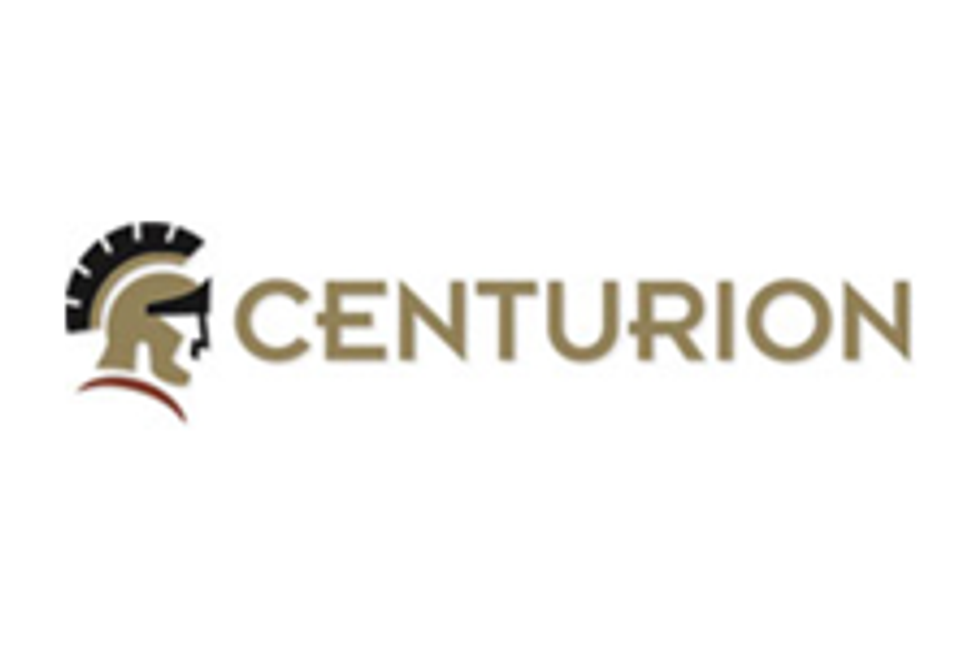Modern Mining Technologies Changing the Face of the Industry

A deeper understanding of how new technologies increase efficiencies in mineral exploration and extraction can help investors make better investment decisions.
Mineral resource companies use new technologies to identify deposits while improving safety and lowering costs.
The importance of the results brought by technological applications in mining exploration is proportional to the increased use of autonomous systems, big data, artificial intelligence, robotics and remote sensing.
Origins and evolution
Technology has improved its efficiency since Stone Age labourers dug shafts as deep as 100 metres in French and British chalk deposits. They were extracting flint pebbles, from which they made tools.
For thousands of years, mining was a slow, labourious and dangerous activity. Workers dug mine shafts using hand tools. Next, came picks and shovels, which gave way to fire. Piling firewood near the rock face and setting it alight weakened and fractured the rock.
Panning for gold was popular during 19th century gold rushes. A miner filled a pan with soil or gravel and water. As the miner swirled the pan, the gravel separated and washed away. The gold and heavier minerals stayed behind, in the pan.
Later miners used a rocker. They shoveled gravel onto a perforated iron plate and poured water over it. Small particles fell through the holes where they landed on an apron that dispersed them evenly, perpendicular to the bottom and sides of the cradle. As the material passed through the cradle, gold became trapped.
Placer mining uses water to recover heavy minerals from alluvial deposits. Denser gold sinks faster than lighter sand and gravel in places where fast water currents slow down.
Piston-powered and compressed air drills increased the capability and efficiency of hard rock mining. Electric conveyor belts and the mechanized loading of mine cars and vehicles replaced manual loading and hauling. Steam pumps controlled the water trying to flood shafts. Gas and battery-powered lamps replaced candles and oil-wick lamps.
Technological innovations in mineral exploration
Recognizing the demanding and costly realities of charting measurements using portable X-ray fluorescence, near-infrared spectroscopy, cameras and goniometers when scanning geological core samples, Geotek developed BoxScan.
It can acquire six different datasets using a single technician without controlling each core or introducing human error in the measurements.
BoxScan throughput speed is easily tailored for individual projects. That includes measurement frequency, measurement type and measurement time, which permits the automatic acquisition of geotechnical and geochemical parameters.
Australian firm Tempest Minerals (ASX:TEM) is one mineral exploration company that’s leveraging the BoxScan technology. Collected soil samples at the Remorse target on its Yalgoo project were scanned and analysed with BoxScan. These findings helped inform a drilling program that may uncover the site’s potential.
Drones in mining
The fact that drones can measure accurately to 25 millimetres and are significantly less costly to operate makes them ideal for surveying and planning. The modern prospector doesn’t walk and camp for weeks next to a packed mule. Nor is a helicopter required to ferry them in and out of a site.
Software advances allow viewing of how a surface has changed over time when elevation, slope and terrain mapping data are collected and compared with information gathered from previous flights.
Anglo American (LSE:AAL,OTCQX:AAUKF) uses drones to track work progress and collect stockpile data, especially in areas that are difficult to reach. Drones assist BHP (ASX:BHP,NYSE:BHP,LSE:BHP) in collecting information on mining surfaces as well as measuring stockpile volumes. It also uses the technology to monitor buildings, cranes and towers, and prevent workers from being injured while working at heights.
Specialized mine drones do not require GPS for navigation, which is a good thing considering GPS is often unavailable in mining locations.
Automation and autonomous technologies
Rio Tinto’s autonomous trucks receive topographical route information from drones. Instead of a driver a central controller operates the trucks through a supervisory system.
From the Western Australia Pilbara region to port facilities, an autonomous train network of 200 locomotives covers 1,700 kilometres of track. These trains reduce risks at level crossings and respond to speed restrictions and alarms. They also eliminate the requirement to transport drivers to and from trains mid-journey, saving travel costs.
From remote locations using a single console, a controller plans the activities of drills on multiple Rio Tinto mine sites. Charge trucks automate the process of pumping explosives into drill holes. Computers and data analytics determine the correct explosive type and quantity, which reduces waste and improves blast efficiency.
AngloGold Ashanti (NYSE:AU) runs an autonomous drill fleet at its hard rock Tropicana mine. The fleet contributes to worker safety while increasing productivity.
Big data in mining
As mining automation combines with faster communication speeds, expect rapid growth of mining-related data. Big data platforms collect structured and unstructured data from diverse, unrelated sources.
When examined and interpreted, this data can ensure ideal extraction and flow, and reduce time lost in maintenance and delays.
Resource companies like Tempest Minerals, rely on historical and current exploration data to make informed decisions on drilling targets. Technologies that automate reporting and analysis of these massive amounts of information can provide a competitive advantage for any company that leverages these tools.
Investor takeaway
Advances in mining technology offer safer, accurate, cost-effective and more sustainable methods of finding and extracting materials from the earth. Resource companies that effectively employ these systems present a compelling investment opportunity, demonstrating a strategic approach to creating shareholder value.
Dave Chapelle is a freelance writer based in Ontario.




